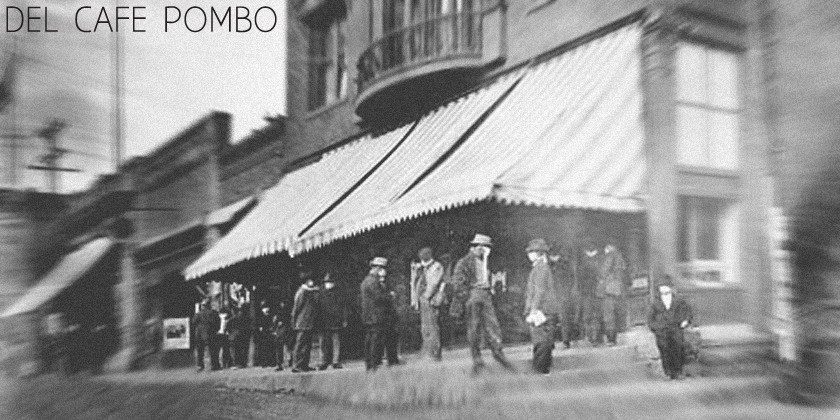
On a recent episode of Del Cafe Pombo the notion of a universal symbol was discussed, symbols that are now more prevalent and necessary than ever before, as four corners of the world are bridged by a world wide network. In the past, human civilizations would create symbols for universal experiences and necessities. The most powerful symbols or those most prevalent were symbols that were familiar to many due to shared human experience. For example we all have a universal representation for the sun or a stream of water, a bright ball emitting rays of light or blue waves. These symbols stuck because they were everywhere and they needed to be expressed. They became universal symbols because they were common to all man and existed naturally. As we developed a more synthetic existence however it seemed as though we were at a standstill in terms of the symbols that we were sharing with one another. Aside from universal numerical and mathematical symbols, the synthetic worlds that we existed in were most often completely separated and closed. Within the last 100 years or so this has changed dramatically, there is now a sense of a global language, using symbols that allows human beings from completely different environments to communicate and feel connected. Whether we like it or not there are global universals that are completely man made that now exist. No longer is it the natural world that is part of our shared collective experience.
The long and short of it is that the influx of technology has allowed us to share in other universals. Entertainment has become as much a part of our collective and shared experience as watching the sun rise, or any of life’s experiences. Although sometimes seen as negative, this may be unifying. One could be dropped anywhere in the world and there are symbols and people that any human being will recognize. A global culture of blue jeans, Coca-Cola, Nike, Hollywood and Apple all tell us corporate logos and symbols are now as much a part of our reality as natural phenomena. In fact I may see these symbols more often then I do a sunset or a flowing body of water. The symbols of the 21st century have appeared and are global. Upon analysis of such symbols we see that though they are representative of corporations and corporate interests they have very positive connotations. Coca-Cola=enjoyment, Nike=getting things done, Apple=knowledge, as well as the universal language of math, art and science. With such positive symbols constantly around us we propagate a culture of happiness, progress, education and well-being. Now if only we could get corporations onboard with this culture, we’d be getting somewhere.
The long and short of it is that the influx of technology has allowed us to share in other universals. Entertainment has become as much a part of our collective and shared experience as watching the sun rise, or any of life’s experiences. Although sometimes seen as negative, this may be unifying. One could be dropped anywhere in the world and there are symbols and people that any human being will recognize. A global culture of blue jeans, Coca-Cola, Nike, Hollywood and Apple all tell us corporate logos and symbols are now as much a part of our reality as natural phenomena. In fact I may see these symbols more often then I do a sunset or a flowing body of water. The symbols of the 21st century have appeared and are global. Upon analysis of such symbols we see that though they are representative of corporations and corporate interests they have very positive connotations. Coca-Cola=enjoyment, Nike=getting things done, Apple=knowledge, as well as the universal language of math, art and science. With such positive symbols constantly around us we propagate a culture of happiness, progress, education and well-being. Now if only we could get corporations onboard with this culture, we’d be getting somewhere.









